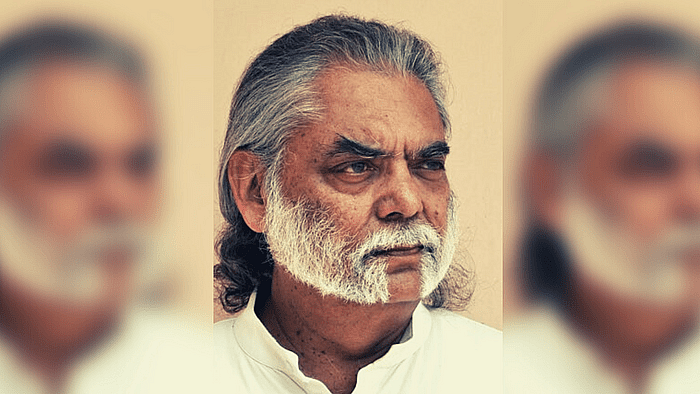Dinesh Mohan was fierce.
He was fierce about his commitment to science right from his days in school in Dehradun, college in Bombay, and university in Delaware and Michigan. It was at the Insurance Institute of Highway Safety in Washington DC that he finally carved out the niche under the formidable William Haddon to convert his early training as a mechanical engineer to become a biomedical engineer.
This is when he learnt how to use a scientific approach to reduce vehicle crashes and the human losses that were implicit in them.
Return to India and Early Training in ‘Scientific Temper’
When Dinesh Mohan returned to India in 1979 to take up a job with the IIT Delhi, he immediately got involved in the intense debate on science led by stalwarts like P N Haksar, Raja Ramanna, and P M Bhargava which resulted in the classic Statement on Scientific Temper that was released in 1980. He was probably the youngest scientist to sign it. The Statement still stands as a testament to how science was seen as embedded within society with the words, “When the social structure and stratification prevent the application of rational and scientifically proven solutions, the role of Scientific Temper is to lay bare the anatomy of such social barriers.”
His training in such a “temper” then prevailed over the next four decades as he examined diverse fields such as agricultural injuries in Haryana, design of crash helmets, role of auto-rickshaws, rapid bus transport, safety on highways. He highlighted again and again how little foundational research was actually being done in Indian universities. Dinesh made his presence felt on the international stage as he fiercely argued for a social dimension to science.
Fiercely Argumentative
In the process, Dinesh was appointed to several government committees under different regimes on traffic safety, highway design, environmental clearances to mega projects, and transportation. Each time he would get into fierce arguments with the heads of such committees. He tried to get them to see that their job was not to cater to the luxuries of the wealthy but to the needs of the working farmers, workers, and pedestrians.
He did manage to make a dent in some policies depending upon who was in power at the time, but it was always an uphill battle to argue with a host of post-80s scientists who had never either heard of, or participated in, debates about scientific temper.
It was with the same intensity that he pursued his alternative path in human rights as being synonymous with the nature of scientific temper. He had seen at close quarters what power can do during the Watergate scandal in the US when he was working the same building. Watergate was followed by the Emergency in India when his home became a refuge for many Indians fleeing from the excesses here.
A Man of Multiple Causes
So, when he returned, it was natural that he should get involved with issues of civil liberties beginning with the massacre of Sikhs in Delhi, the explosion at the Union Carbide factory in Bhopal, the demolition of the Babri Masjid, the burning of the train at Godhra, the human disaster in Kashmir, and the elusive search for peace between the people of India and Pakistan.
Each was imbued with the flavour of scientific temper as laying bare the anatomy of the social barriers that prevent the application of rationality.
And he was fierce about the friendships he made over so many decades, so many generations, and so many nations. Always ready to fight over an argument, but always gracious and generous and hospitable to a fault to all who came to know him, from plebeian to patrician. The numbers who remember him with affection and awe will stand testimony to the fierceness of his spirit.
(Dr Anubrotto Kumar Roy, popularly known as Dunu Roy, is a Chemical Engineer by training, a social scientist by compulsion and political ecologist by choice. This is a personal blog and the views expressed are the author’s own. The Quint neither endorses nor is responsible for them.)
(At The Quint, we question everything. Play an active role in shaping our journalism by becoming a member today.)
